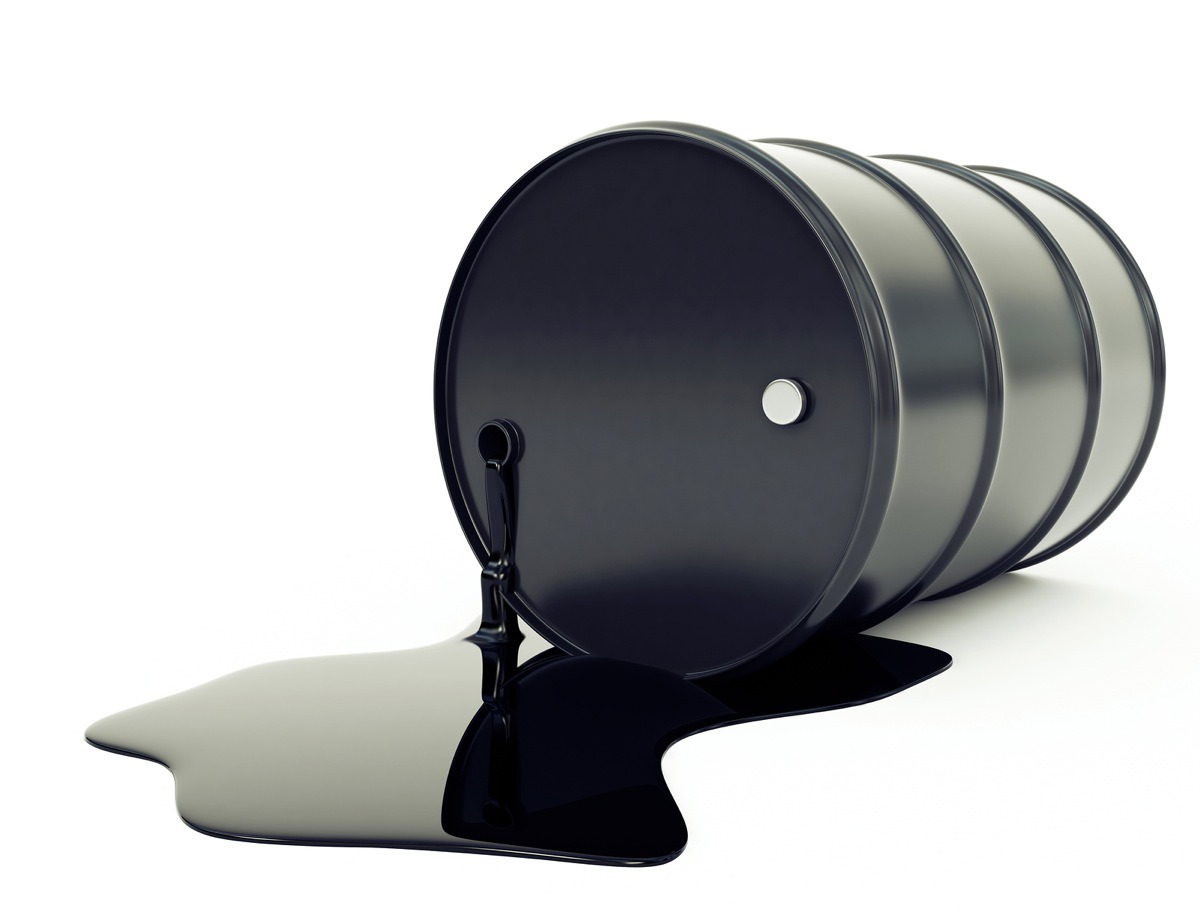The crude oil market has received its just due in the media gaining everyone's attention by declining nearly 25% since the summer's peak. The market's consolidation through most of October clearly spelled trouble in November. Trend traders will tell you that consolidation almost always equals continuation. Thus, the final spike lower hasn't taken many traders by surprise. Furthermore, November's range expansion has not been greeted with additional selling. In fact, our analysis suggests that the speculative nature of this decline has nearly run its course. This notion is supported by the fact that for only the eighth time in the last 20 years, we've seen the net commercial trader position grow by more than 100,000 contracts in two months as you can see on the chart below.

We ran the rest of the statistics going forward based on the idea that two months of assertive buying in the crude oil futures should show some impact going two months out in the futures. This premise also follows the natural ebb and flow of the market's participants. Crude oil refiners and end users are the first ones to step in to buy a plummeting market. They're not too concerned about it going back up or not, as long as they bought their raw material at a better than expected price. Then, once the market's bottom defines itself, speculative traders begin to come in on the buy side. Speculative buying then drives the market back up towards recent average prices where the commercial traders will begin to lighten their hedges thus, increasing their cash balances in preparation for the next move. This can be seen in the chart above by the flattening of the commercial net position as prices revert to their previous averages.
There are a couple of competing schools of thought regarding the current pricing structure in the crude oil market. Bears argue that the supply glut will continue to weigh the market down citing the fact that current inventories are 35 million barrels above the 5-year average. They would further argue that the global economy is continuing to stall despite massive and internationally coordinated Quantitative Easing measures. I agree that they're right on both fronts.
My argument, and the primary point of any market letter is not to argue macro economics and global banking theories. My point is simply, "Where is the best opportunity to generate a reasonable return on capital with a reasonable amount of risk?" To that end, my interest in the Keystone Pipeline is non-existent. What I am interested in is the following table:

We see two ways to play this. First of all, the January crude oil options have about 40 days left until expiration. If we assume that January futures are trading at $78 per barrel and the worst two month performance in the futures was a decline of 8% then we can reasonably set a floor for prices around $71.76 per barrel. Looking at the current options screens, the January $71 put option is bid at $900 per contract. Based on the sample above, this option could be sold for $900 on about $2,500 in margin. We'll only risk the price rising to $1,350. This is 50% of the value off the premium collected. Based on being right more than half of the time, we'll let the rest of the premium decay and cover the option once most of the premium has been realized thus, limiting our tail risk for the last few dimes.
The second way to trade this is simply through the outright full or mini sized crude oil futures contracts. Obviously, this requires a higher degree of risk with an equally higher reward. The crude oil market is significantly oversold against a commercial trader population that is fully supporting the market at these prices. This is the exact setup described in our Discretionary COT Signals nightly email. Once the crude oil market bounces and climbs above our oversold threshold, we'll publish a COT Buy signal. The buy signal will be accompanied by an appropriate stop placed at whatever the swing low price ends up being for this market's decline.






